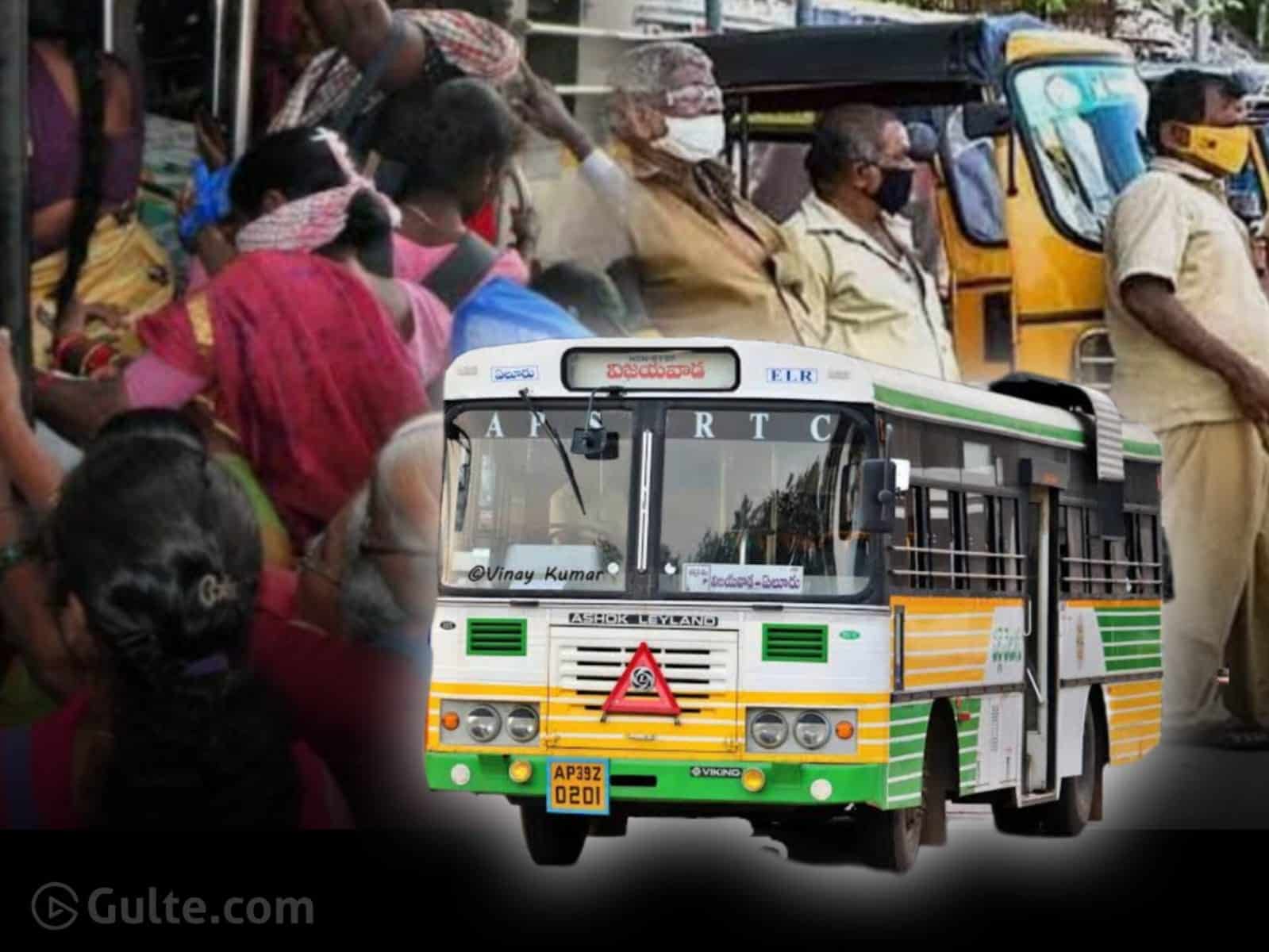Andhra Pradesh government is starting the Stree Shakti free bus travel scheme from August 15, offering zero-fare rides for women, girl students, and transgender people. The scheme will cover about 74% of the APSRTC fleet, including Palle Velugu, Ultra Palle Velugu, City Ordinary, Express, and Metro Express buses. The annual cost is estimated at nearly ₹1,942 crore.
For women and girl students, this is a welcome step as it will reduce travel expenses and improve access to schools, colleges, jobs, and essential services. Similar schemes in other states have shown a big increase in women using public transport, helping them save a substantial part of their monthly budget.
However, the plan comes with challenges. With no major expansion in the bus fleet, increased ridership may lead to overcrowding and affect service quality. In cities like Vijayawada, only 100 electric buses are being added, replacing older ones rather than increasing numbers. This could push some male passengers back to private transport. The financial burden on the government is also heavy, with the need to explore new revenue options and better cost management systems.
Another concern is the impact on auto-rickshaw and cab drivers, as they may lose a large share of female passengers. Drivers in Telangana faced similar issues when their free bus scheme was launched. The Andhra Pradesh government has spoken about giving financial support to affected drivers, but it remains to be seen how effectively this will be implemented.
While the Stree Shakti scheme is a bold move toward women’s empowerment, its success will depend on maintaining service quality, managing costs, and protecting the livelihoods of those who depend on passenger transport for their income. Only time will show if it can bring long-term benefits without causing serious setbacks in other areas.
Related

